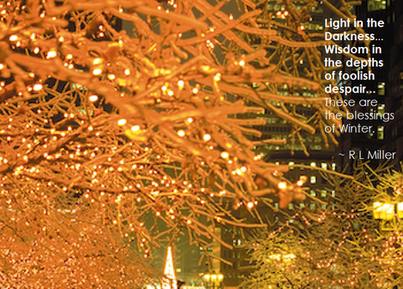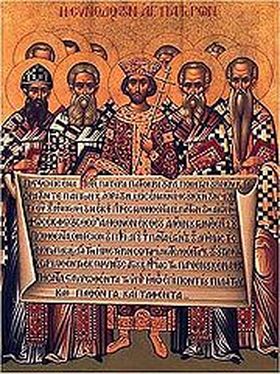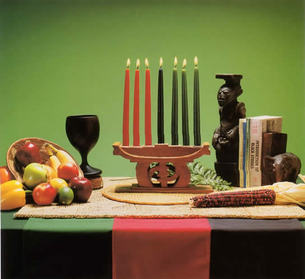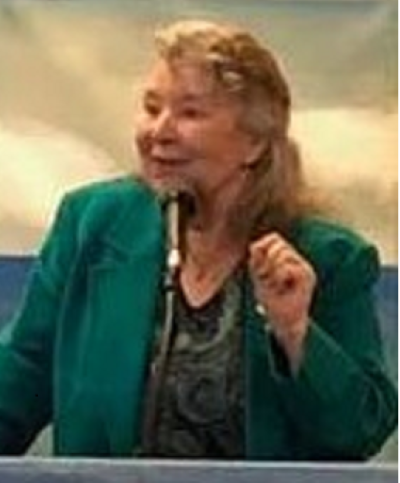
At this time of year, with its long nights and short days, the sun, our source of light and warmth appears to be traveling further and further south each day. Then, one day, about December 21, it seems to stop. We call it the Winter Solstice, which comes from the Latin: sol meaning “sun” and stice meaning “standing.” It rises and sets in the same place for 3 days, until December 25, when it rises a little northward on the horizon—the beginning of the return of the light.
Ancient peoples tracked this movement, and those who used a calendar based on the sun often suspended time for those 3 days and held feasts and religious rituals to honor the return of the light. Many people today still follow those ancient traditions.

About 500 years before Jesus’ birth, Jerusalem was conquered by Babylonians and its people were exiled. They were restored to their homes when Babylon was conquered by the Zoroastrian Persians. An emperor who recognized their one God helped them rebuild the temple, replacing the sacred menorah, in which oil-lamps were kept lit—the flames reminding people of God’s presence in the temple.
Two hundred years later, Alexander took over the Persian empire, including Israel. Later Greek emperors wanted to have their gods and goddesses worshipped in the Jerusalem temple as they were everywhere else. The Jews revolted, and one group, the Maccabees, wrested the temple from the Greek soldiers. There they found the menorah nearly empty—only enough oil for one day! They prayed and held off the Greeks for 8 days, and the whole time the flames remained lit! This miracle is the basis for the Jewish festival of Hanukkah, which moves around a bit, since the Jewish calendar is based on the moon, and starts December 22 this year.

The Roman Empire lasted around 500 years. The Roman emperor was considered a son of Jupiter, the greatest god, and was head of their religious life. So, when the empire became Christian, much of the emperor’s power was transferred to the Bishop of Rome, il Papa, whom we know as the Pope. It was his job to bring the people of many countries into one ecclesia catholica (meaning “universal church”). So, over the next several hundred years, the Roman church adopted and adapted many local traditions, turning gods and goddesses into saints, and making holy days fit into the Christian story—including the birth of the Light of the World before dawn on the fourth day after the winter solstice.
Martin Luther and his followers broke away from the Roman church in the late 1400s, protesting the many ways the church didn’t honor the Bible (and so were called “Protestants”). They gave up most of those adapted traditions—except the birth of Jesus on December 25. In fact, Luther is often credited with having created the first Christmas tree, lighting candles on an evergreen to remind us that Jesus is everlasting life and the Light of the World.

By whatever name, we all seek the same thing, the peace and light and love of God. And at this season, especially, we honor the birth of the Light of the World in our hearts. May the blessings of the season be yours, always.

 RSS Feed
RSS Feed
